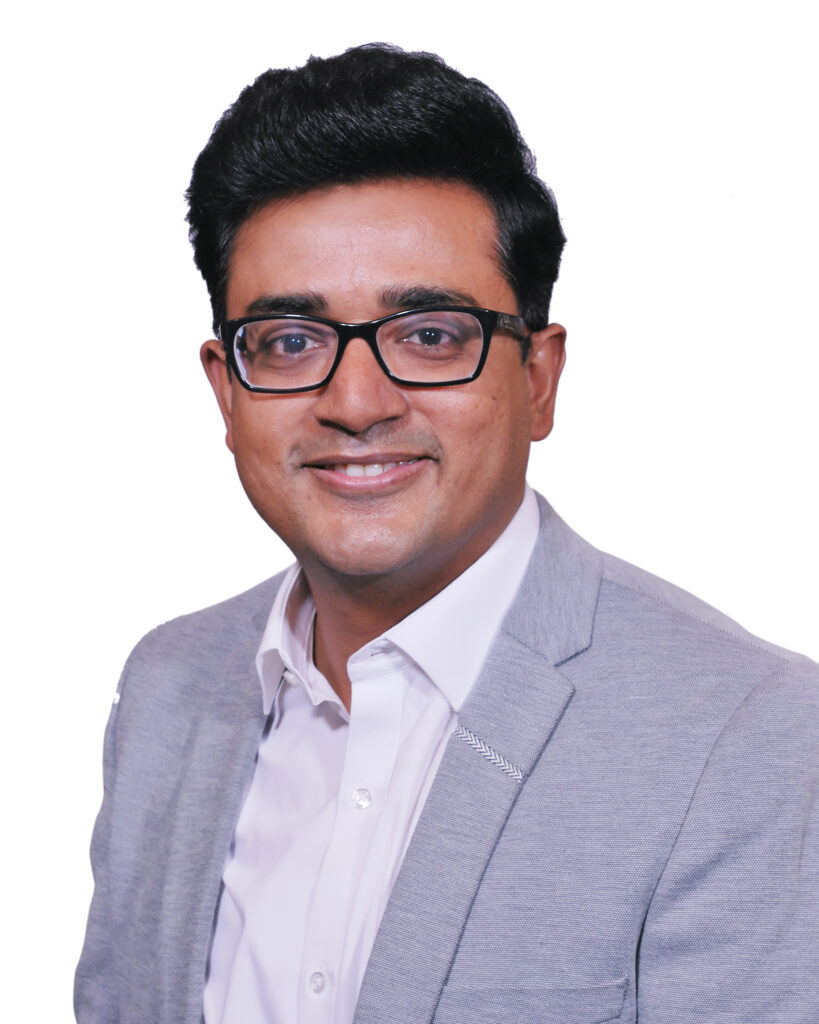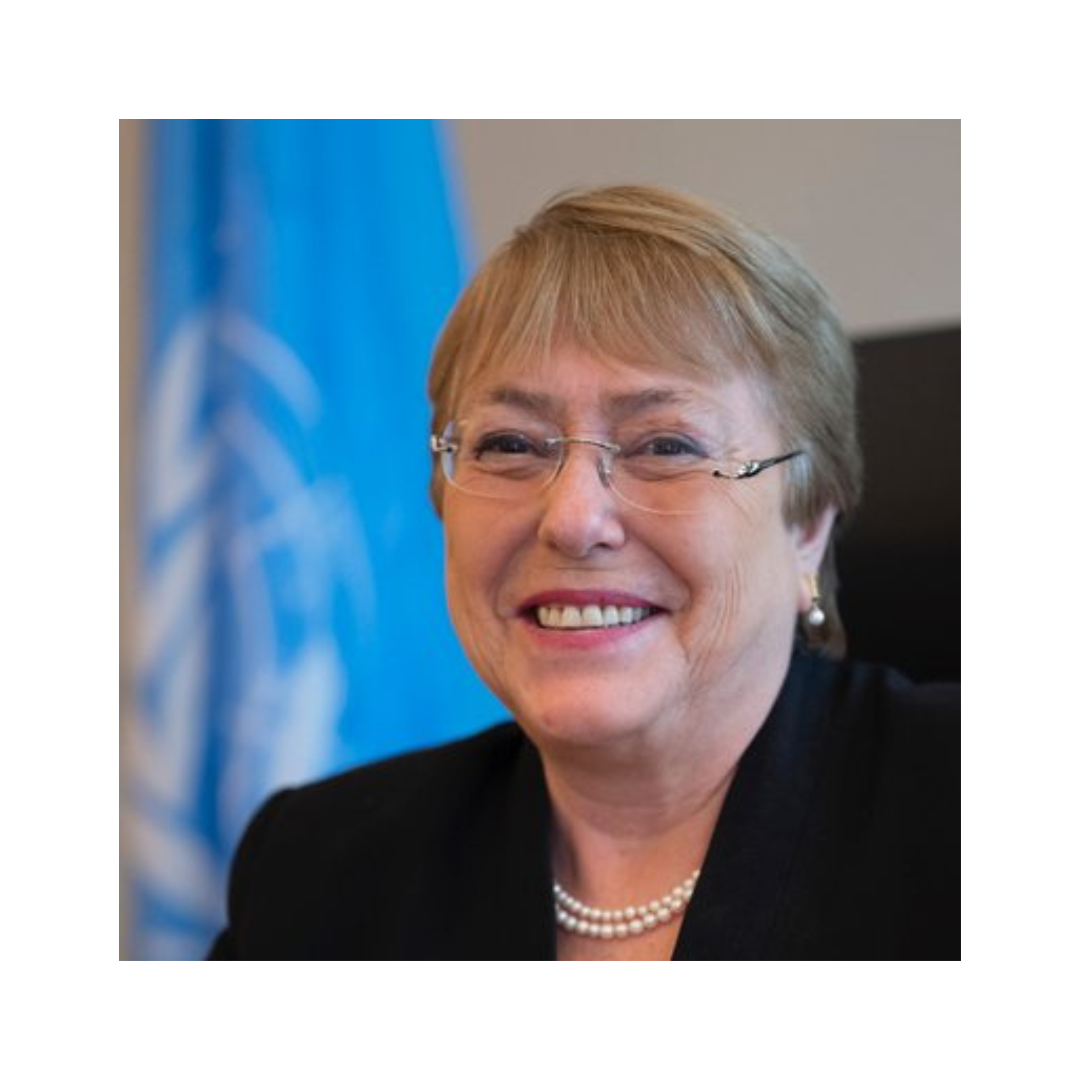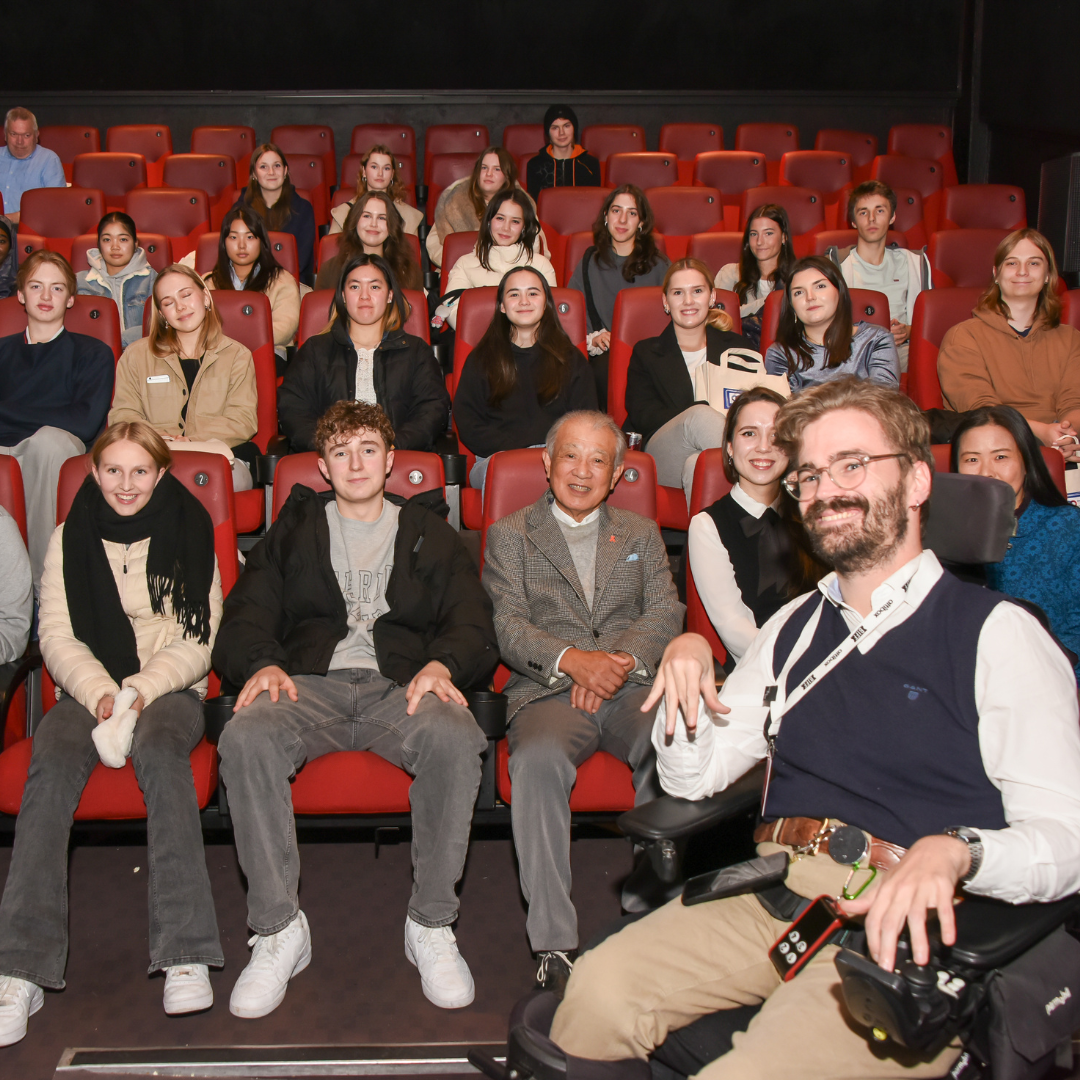
Dr. Vivek Lal
Team Leader, Global Leprosy Programme, World Health Organization (WHO)
Dr. Vivek Lal has an MD Community Medicine and over 16 years of public health experience involving advocacy, planning, implementation, and research. In December 2022, he assumed the role of Team Leader of WHO’s Global Leprosy Programme. The main objective of the program is to ensure that the disease burden continues to decline in all countries.
Towards a world with zero leprosy
WHO is committed to supporting leprosy-affected countries to achieve zero leprosy disease, zero leprosy disability, and zero leprosy stigma and discrimination by 2030 — the vision of the WHO Global Leprosy Strategy 2021–2030.
In 2021, a total of 140,594 new cases of leprosy were detected, corresponding to a new case detection rate of 17.8 per million population globally. Of these new cases, 9,054 (6.4%) were children and 8,042 (5.7%) were detected with visible deformities or grade 2 disabilities.
Globally, leprosy shows a clustered distribution, with 95% of new cases coming from 23 Global Priority countries. Brazil (13%), India (54%), and Indonesia (9%) together account for 75% of new cases.
The COVID-19 pandemic has caused significant service disruptions, including for community-based interventions — such as active case-finding — and health facility-based services. Between 2019 and 2020, new case detection declined by 37%, from 202,185 to 127,396, respectively.
In 2021, there was a marginal improvement, as evidenced by the 10% increase in new case detection. However, we must now ensure that leprosy services are fully restored, and that they rapidly reduce the existing backlog of cases to avoid deformities and/or further worsening of disabilities.
In addition to COVID-19-related challenges, stigma and discrimination continue to impede prompt diagnosis and treatment as well as inclusion and participation of persons affected by leprosy. In 2021, at least 115 discriminatory laws were reported to be in place in seven countries, and 124 instances of discrimination were reported.
In recent years, single-dose rifampicin as preventive chemotherapy has proven effective in reducing the risk of leprosy in contacts of leprosy patients. This has enabled us to aim to interrupt transmission and achieve zero new autochthonous cases, as per the Global Leprosy Strategy, which is one of several disease-specific strategies underpinning the WHO road map for neglected tropical diseases (NTDs) 2021–2030.
The Strategy consists of four pillars:
- implementing integrated, country-owned zero leprosy roadmaps;
- scaling up leprosy prevention, alongside integrated active case detection;
- managing leprosy and its complications and preventing new disability; and
- combating stigma and ensuring human rights are respected.
Next steps
Affected countries must adopt, adapt, and implement the Strategy in full, and with maximum accountability. At the same time, together we must increase research and development on point-of-care diagnostic tests, more effective drugs or drug combinations, and shorter regimens, and also develop and implement inclusive approaches for community-based rehabilitation and stigma reduction. For this, several tools are already available, including:
- guidelines for the diagnosis, treatment and prevention of leprosy (WHO, 2018);
- technical guidance on contact tracing and post-exposure prophylaxis (WHO, 2020);
- a strategic framework for integrated control and management of skin-related neglected tropical diseases (WHO, 2022); and
- self-learning virtual modules available on the Open WHO platform.
Actions are needed to increase awareness of their availability and promote usage in the context of a defined strategic approach.
In the months and years ahead, WHO will continue to support all leprosy-affected countries to drive rapid, equitable, and sustained progress towards our targets and goals, achieving zero leprosy disease, zero leprosy disability, and zero leprosy stigma and discrimination by 2030, leaving no one behind.









-1.png)